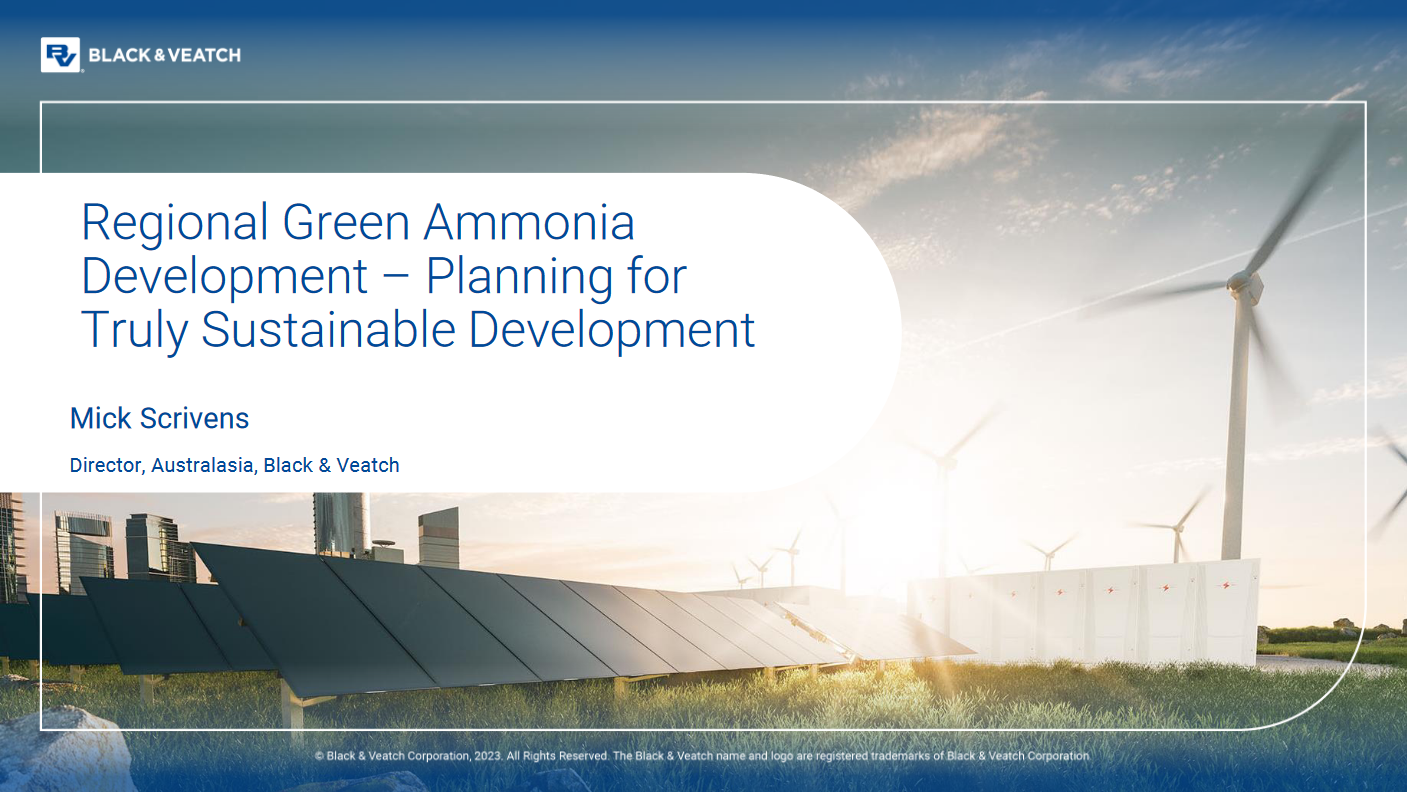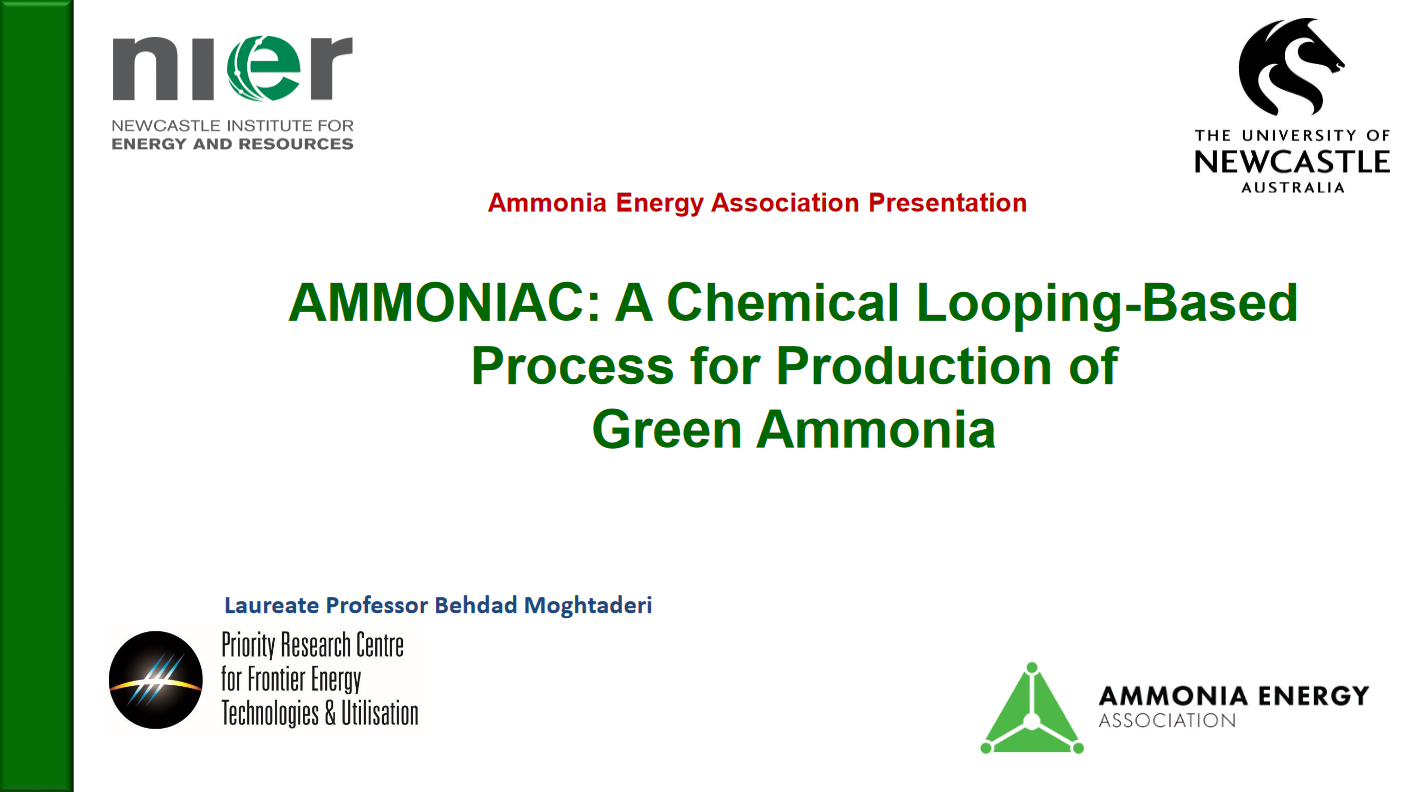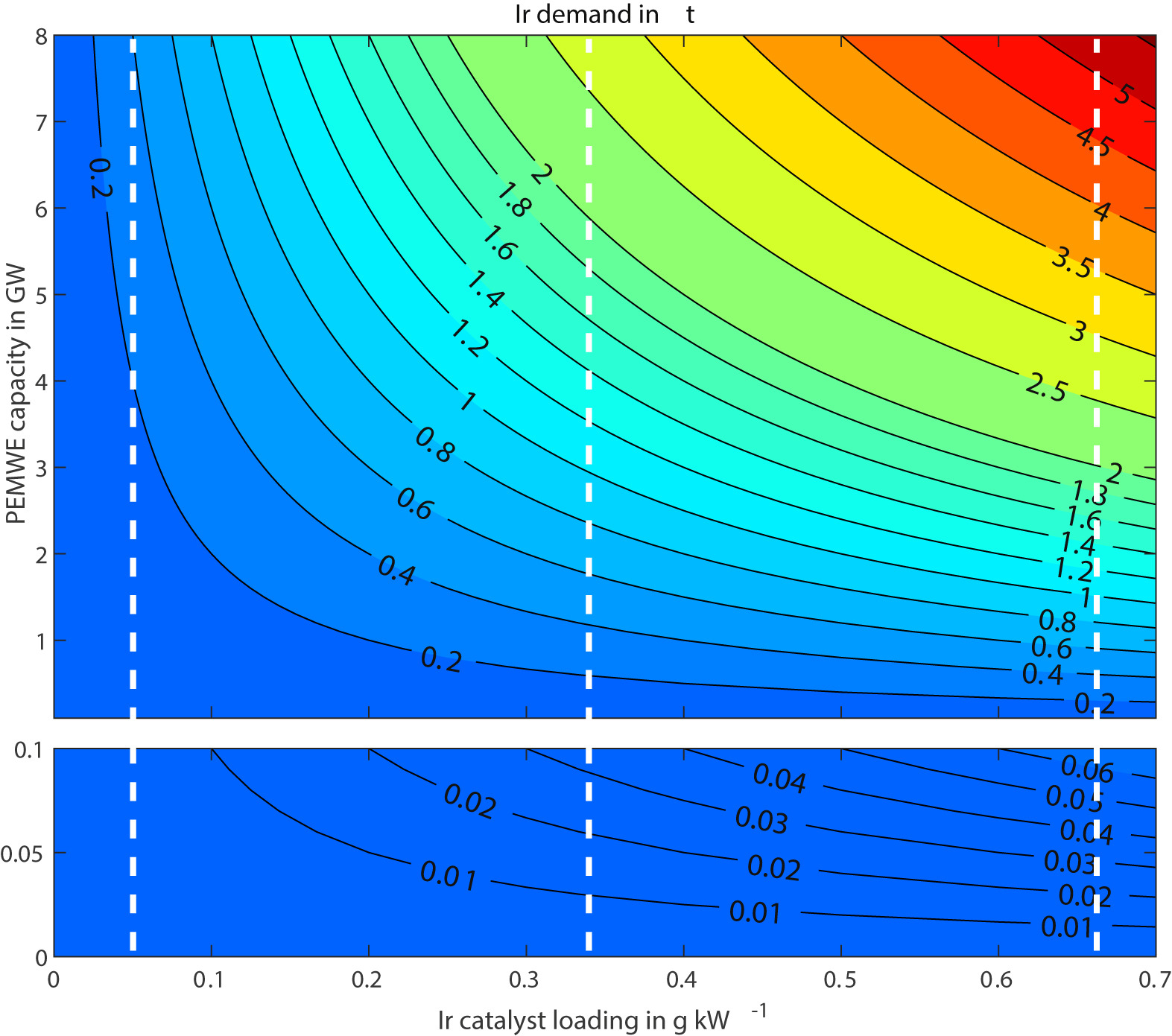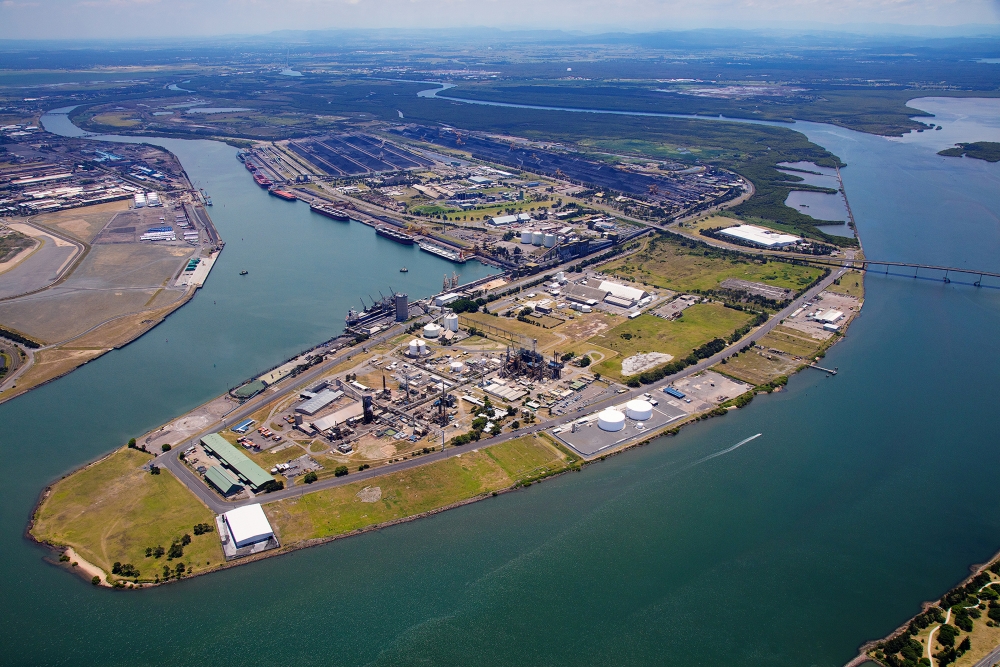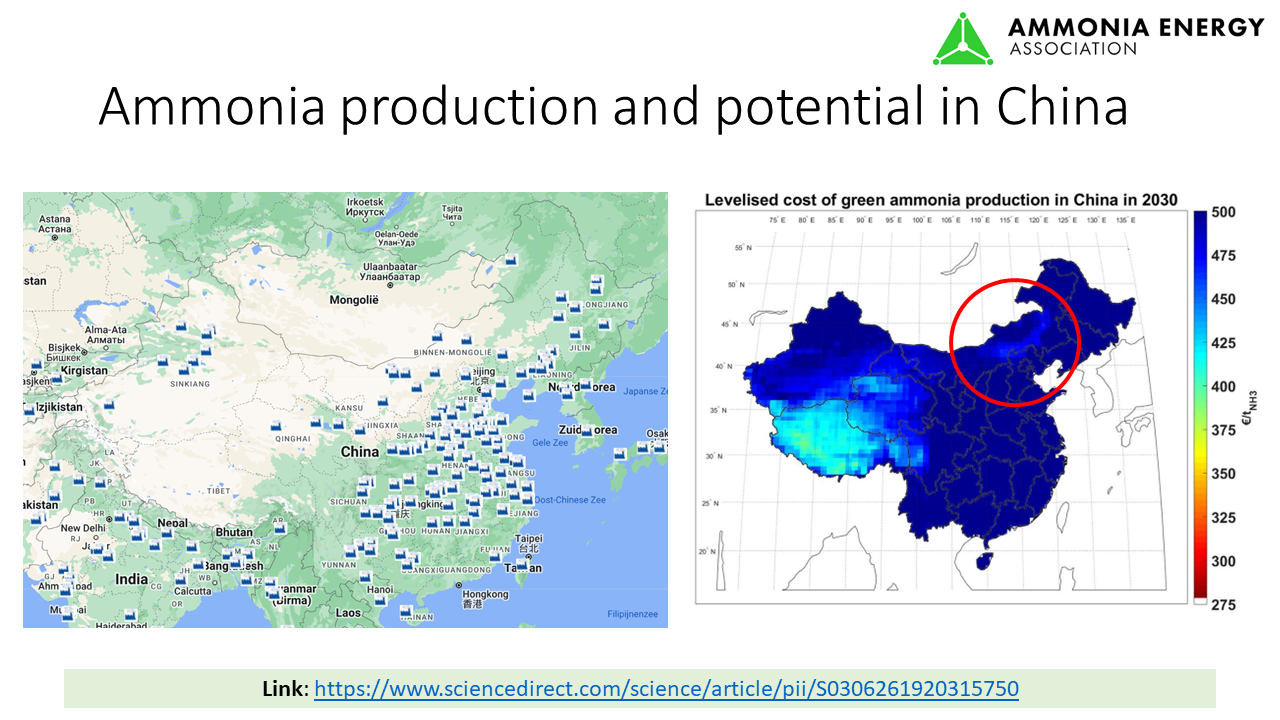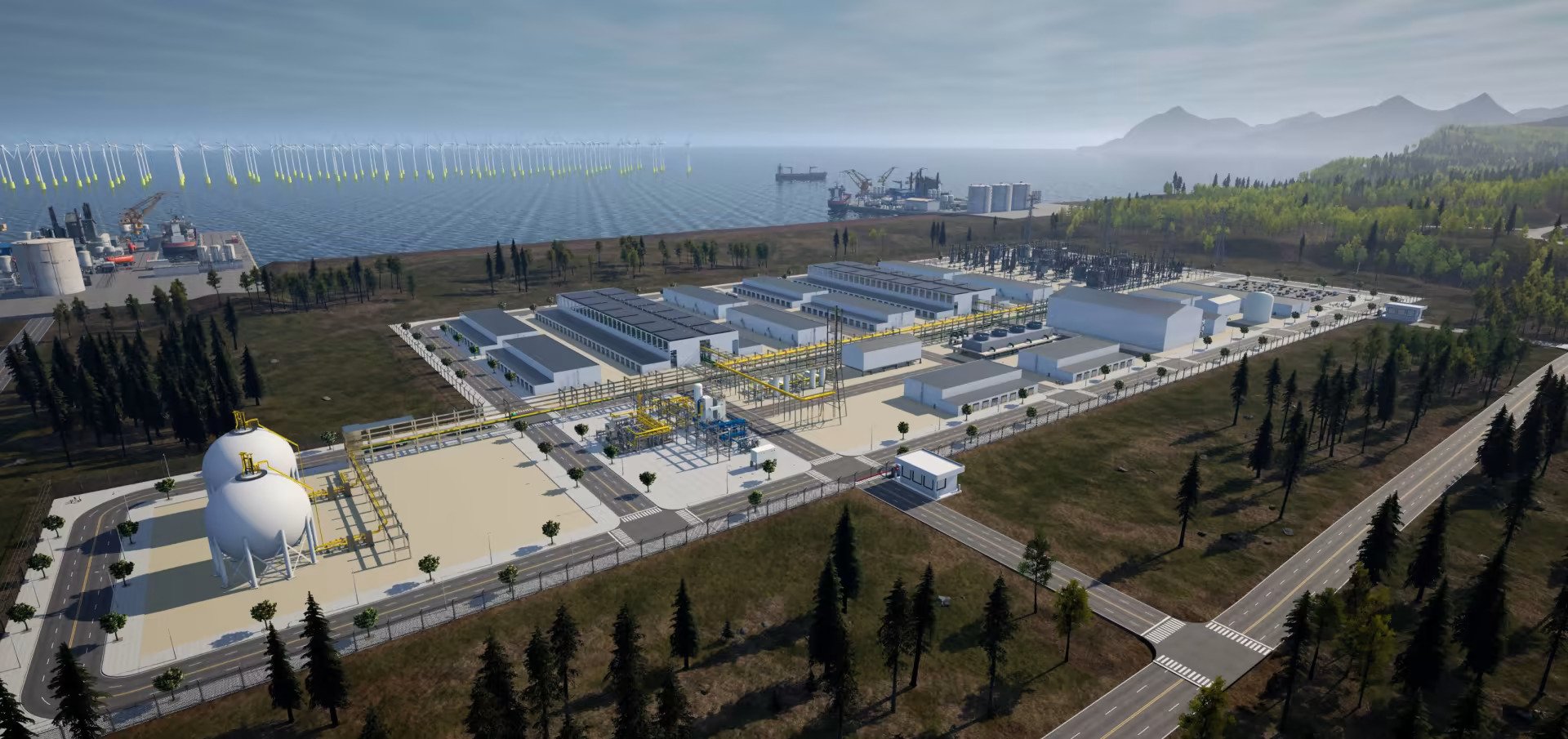Electrolysis
Renewable ammonia to support cotton farming in Australia
New Zealand-based Hiringa Energy and Australian group Sundown Pastoral will develop the Good Earth Green Hydrogen and Ammonia Project (GEGHA), which will produce ammonia-based fertiliser & hydrogen for fuel cells to support cotton farming near Moree, New South Wales. The partners are already looking to expand to multiple production projects in the area.
Technology status: alkaline electrolysis for renewable ammonia production
Alkaline electrolyzers will play a significant role in renewable ammonia production going forward. Historical developments in electrocatalysts and optimized stack design have already addressed some of the key bottlenecks in the technology, and new developments will enable flexible operations at higher pressures.
Technology status: PEM electrolysis for renewable ammonia production
Recent PEM technology developments have centered around two issues: i) the relative scarcity of Iridium, and ii) the membrane thickness, limiting the efficiency of the PEM electrolyzer. This week we explore new approaches to both, including work by precious metal company Heraeus, and Norwegian start-up HyStar.
Orica & Origin: decarbonising production at Kooragang Island
Origin Energy has been awarded AUD70 million in funding from the Australian federal government to progress the Hunter Valley Hydrogen Hub. The electrolytic hydrogen facility will be located next door to project partner Orica’s existing complex on Kooragang Island in Newcastle, and the bulk of hydrogen produced will be used for ammonia production. Learn more from Orica (and take a tour of their site) at this year's APAC conference.
China: scaling-up “flexible” ammonia production powered by renewable energy
The cost gap between fossil-based ammonia production and electrolysis-based ammonia production in China is arguably the smallest in the world. In our May episode of Ammonia Project Features, we explored two new, “flexible” renewable ammonia projects being developed in northeast China, as well as some of the engineering challenges as we scale-up electrolysis plants to gigawatt-sized.
Hy2gen to produce renewable ammonia in Finland, enters into partnership with Plug Power
Hy2gen and Plug Power’s renewable ammonia project will be part of a total 2.2 GW deployment across Finland, aiming to strategically utilise the country’s fast decarbonising grid and policy support at both national and EU level. Also in Finland, Flexens’ 300 MW hydrogen and ammonia project is expected to become operational in 2027, increasing the fraction of Europe’s ammonia and hydrogen needs produced locally.

